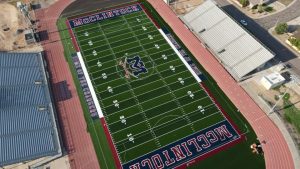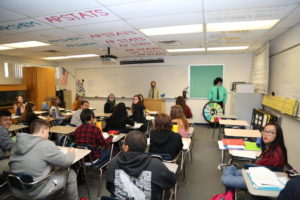Technology: Helping or Hindering Schools?
February 22, 2016
The widespread use of technology in schools has become mainstream within the last few years. The first thing I recall about the shift is a mobile computer cart filled with MacBooks at my middle school. Now, my brother tells me that iPads were added to the list, and that middle schoolers are given Chromebooks to take home during the school year. That school isn’t alone in their shift, however, and other schools are even starting to use all digital textbooks.
However, there are unfortunate downsides to this switch as well. School districts now must dedicate a ridiculous amount of time to IT. Incorrectly configured updates can cause entire labs to not function correctly. Wireless networks with almost a thousand or more people on at the same time can falter at any moment. Server hosting must be found and managed (For example, TUHSD servers were transitioned to the CyrusOne Phoenix datacenter a few years ago). Not to mention, the Children’s Internet Protection Act dictates that schools must have some sort of filtering in place in order to protect students and prevent them from doing harm, hence the school web filters and behind-the-scenes SSL decryption, the latter of which most don’t even understand is occurring.
However, arguably the most important downside is the increased reliance on this technology. Recently, there have been some outages regarding the online grade book, which is used by almost every student. Because of these outages, many students have been left in the dark. It’s not only the students, however. When there are outages with district technology, teachers are often the most affected, especially those who aren’t as familiar with what they are working with.
It’s not all bad, however. The increased use of the Internet in schools has been a great benefit to classrooms. Teachers are able to make use of YouTube videos, interactive quiz systems like Kahoot, and a plethora of other resources. All of these come together to bring us closer to what many call, “the classroom of the future.”



